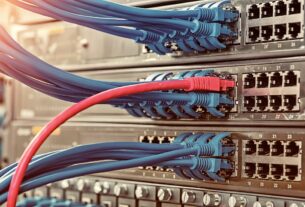CNC (Computer Numerical Control) machines were developed to help bypass the majority of human input in factory CNCmachining. This change helped diminish the likelihood of human error, whilst speeding up productivity and massively cutting capital output for human work hours. The way this was done, was to create a way to programme a predetermined line-up of actions for the machine by inputting a design which the machine could follow. The design in question is created on CAD (Computer Aided Design) software which is sent via a machine-legible language known as G-code. The machine can then read and carry out the instructions necessary to create the desired design.
CNC machines come in various shapes and sizes for all manner of functions, here is a list of a few commonly used CNC machines:
Milling Machine
Mills have the ability to slice, cut or even shave desired materials. Milling machines function by holding the desired material still and introducing spinning tools at various angles and depths depending on the desired shape.
Lathe
Contrary to the functioning of the milling machine, the lathe works by spinning the material, rather than the tool. This rapid rotation function makes the lathe best for spherical, cylindrical or conical designs.
Laser and Plasma Cutters
These machines use their respective mechanisms to cut into materials with high levels of precision. Which type to use depends on the job at hand; laser cutters are better for intricate, complex designs, whereas plasma cutters are a little better suited to stronger, more durable materials.
CNC Routers
Unlike the aforementioned machines (except for the laser and plasma cutters who are sometimes used for 2D projects) CNC routers are predominantly used to cut sheets of material such as plastic, metal or wood. Although there are routers which can create 3D designs, they are most commonly used for 2D projects.
Pick and Place Machines
Much like the name suggests, these machines are used to manoeuvre parts from one place to another. These machines are usually utilised in the production of circuit boards (for example, for computers, smart phones or tablets) moving tiny electrical components using a nozzle with a suction function.
3D Printers
Some might argue that 3D printers are not a true CNC machine as they operate in the realm of additive manufacturing rather than subtractive manufacturing. However, the set-up of instructions works under the same umbrella and they do still function via computer numerical control. Rather than cut away at an object to reveal the design, 3D printers work by depositing layer upon layer of material (usually a type of manipulated plastic) to eventually build the desired model.




